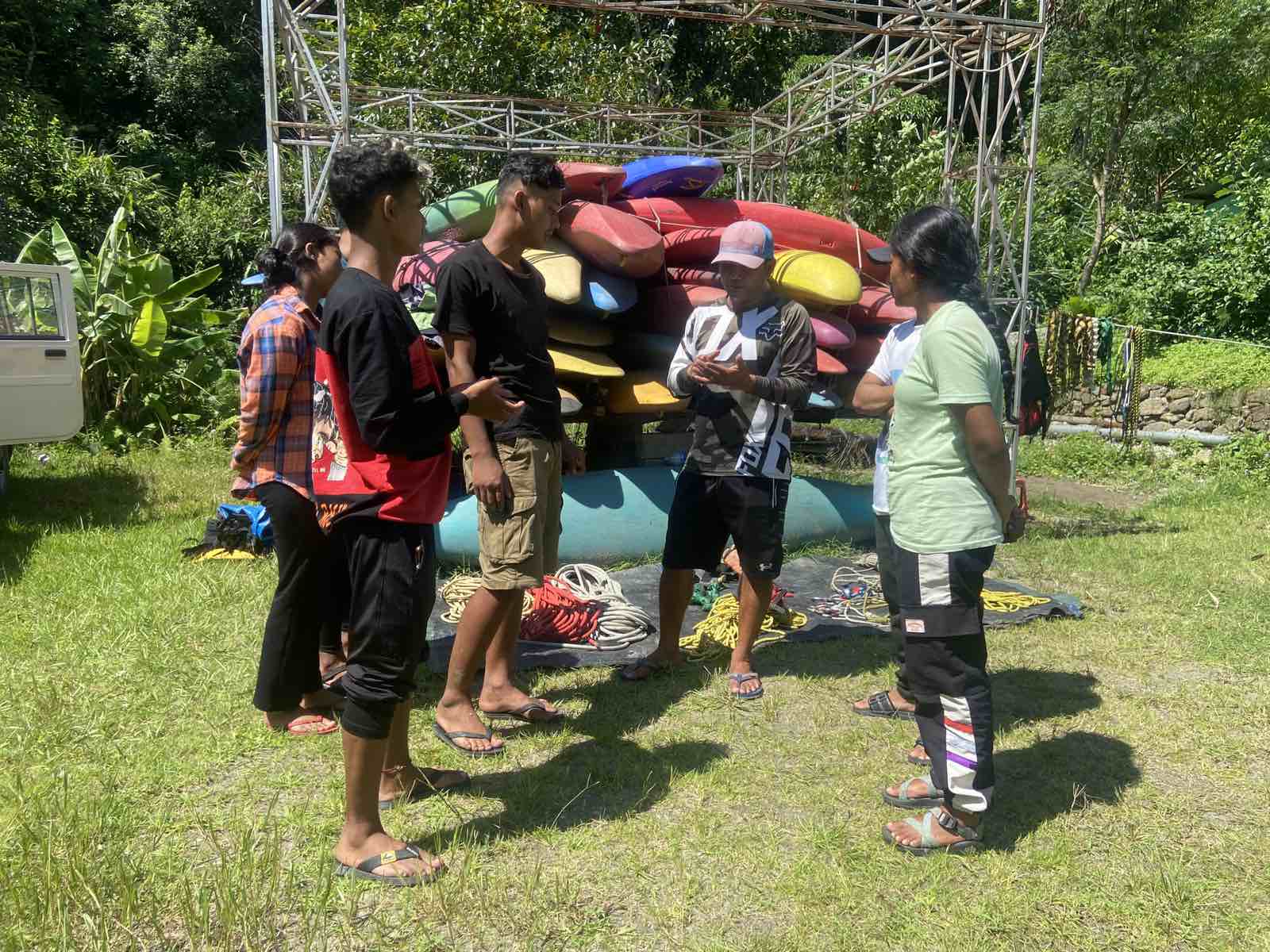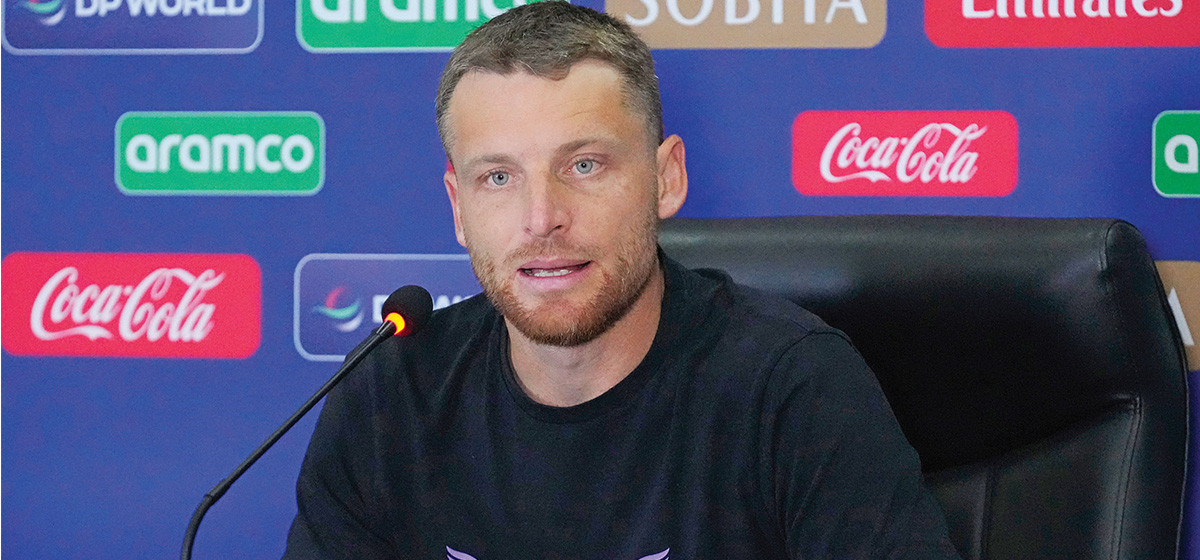SINDHUPALCHOWK, July 19: Deuralee Chamling, a woman in her 40s has been making her living through adventure. She is a trekking guide by profession and recently scaled Mt Everest. Being the first lady mountaineer to have summited the tallest mountain in the world from Rai community, she wants to explore more adventure fields. She has been in the river as an informal worker since 2012. Chamling wants to be able to earn while enjoying what she loves — nature. “Seeing that the rafting industry is welcoming to women, I decided to apply for a river guide license,” she says. “The opportunity is immense in rafting which is why I was attracted towards it.”
According to the statistics, more than 400 river guides went to Japan last year for seasonal employment. There are over 1,000 river guides in Nepal although the data shows only 324 have their licenses.

Similarly, Sumitra Shrestha, 24 grew up watching her sister in the raft as a guide. “I know there are lots of opportunities for river guides not just in Nepal but abroad as well,” she shares, adding that she wants to prove that the field dominated by men can be run by women as well. Prior to this training, she had been working in Karnali, Trishuli and Bhotekoshi rivers. “It was not always easy while I was working in the river but after the training I want to accomplish more,” Shrestha says.
A total of 11 women have applied for license after attending 15-day river guide training provided by Nepal Tourism Board (NTB), in collaboration with the United Nations Development Program (UNDP) under the Sustainable Tourism for Livelihood Recovery Project (STLRP).
The Nepal Association of Rafting Agencies (NARA) in partnership with the STLRP provided free training to 47 women from different districts.
Unlicensed river guides found operating rafting services

Sumitra remembers rafting as a profession where only men were welcomed, sidelining women who were interested in making their career as river guides. “Now the scenario has changed and some people even ask specifically for women river guides,” she adds.
Although the work is hard and adventures, river guides say that it pays off well in monetary value.
Bishnu Maya Thapa is just 18 year old and has applied for a license for river guide. “I want to develop my career as a river guide,” she says with determination.

According to Nepal Tourism Board, the tourism industry has revived to some extent and the training aims at developing skilled manpower. “There are many unregistered manpower who were hit hard during COVID-19 pandemic. The program is aimed at that population,” mentions Dhananjay Regmi, CEO of NTB.
There are 87 registered rafting companies and not all of them are operational. STLRP Livelihood Advisor Dharma Dawadi shares that Bhotekoshi holds immense scope for river guides.
A total of 42 people- 31 male and 11 female were recommended for license after the training provided under STLRP. The participants will be eligible for a license after three months. Many female participants were reached out to by rafting companies for employment.
Rewati Prasad Upadhyay, instructor for the first time in his river guide career, saw a huge number of female participation. “We are in need of river guides and on top of that there is a huge scope for female river guides,” he says.
A river guide can make an average of Rs 2,500 in a single trip and according to Upadhyay, one can conduct as much as five trips in a day. “It is a profession where one can earn while having fun.”
Shiva Adhikari, president of NARA claims that more than 100 people participate in rafting training every year. “Employment in rafting is always guaranteed,” he states, adding: “But water sports is overlooked by the government and stakeholders.”
He stresses on the need to form river policy to make the sector systematic. There is a tussle between rafting companies and hydropower companies. “Raftings does not affect the environment so such projects should at least coordinate with us in order to not affect our business and also the environment,” he further adds.





































